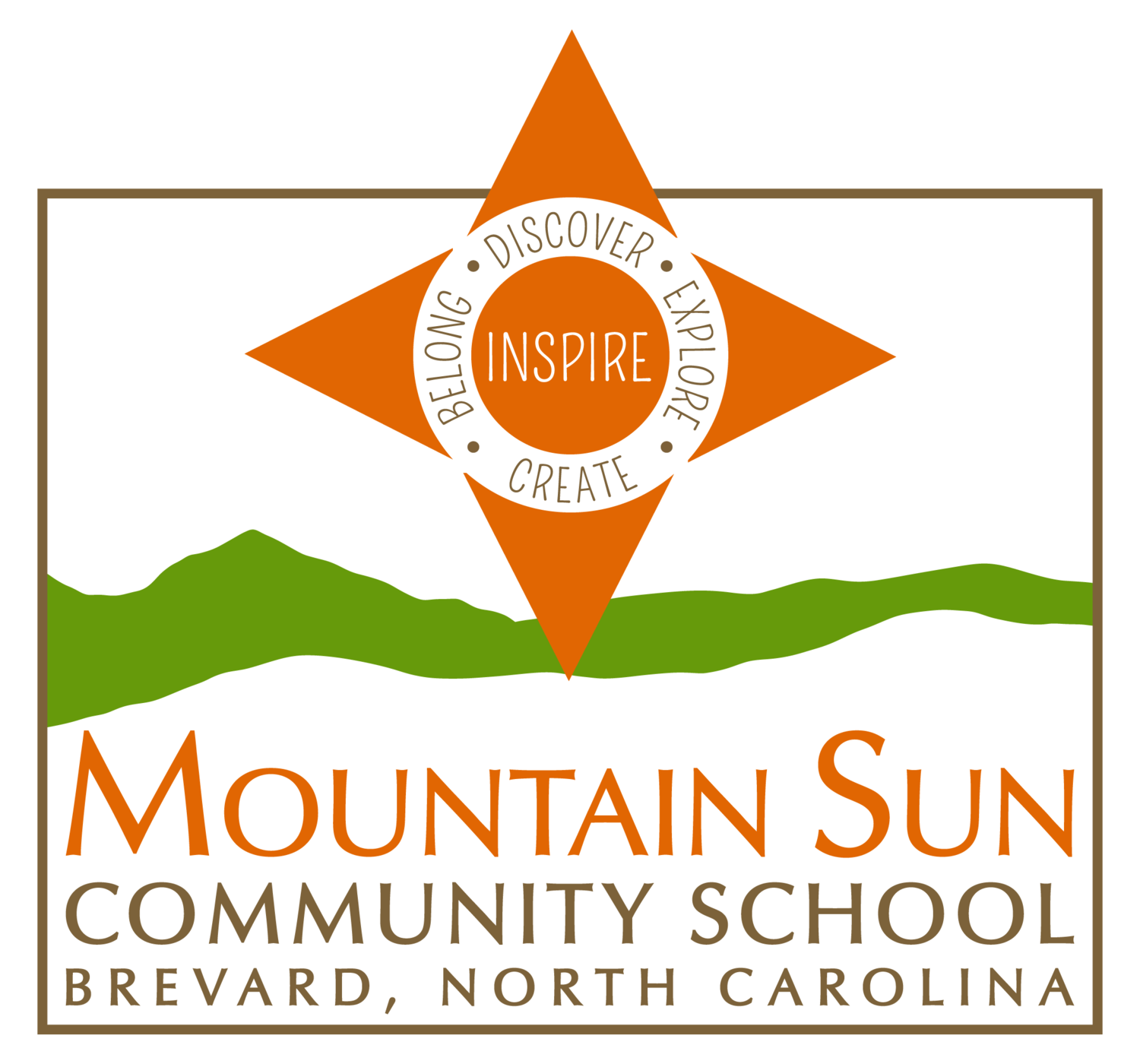Coyotes Create City Concepts
As part of the Coyote class “Energy City” project, the class went to tour the Brevard Water Treatment Facility and the Transylvania County landfill on January 31. The Energy City project is a 2-week assignment designed for students to get creative and think on a deeper level about the systems that hold communities together. The assignment requires each student to plan their own city including methods of providing energy and other resources. The students drew detailed plans for their cities and presented them to the class.
Dennis Richardson is the head of the water treatment plant in Brevard. He told the students all about the city of Brevard’s water that comes from Cathy’s Creek, describing it as “probably the cleanest water source of any city.” The water goes through the water treatment process to remove dirt and debris, and it is then chemically treated and sent to water pressure tanks around the town. Dennis answered many questions about the process, challenges the plant has overcome, and his career path. As water is a crucial element of any city, the students were very eager to learn more about it and add details to their projects.
Following the water treatment plant, the class went to the Transylvania County Landfill. Ken Webb, Solid Waste Director, led the class up a steep embankment to a viewpoint above the active dumping sites. With a 360-degree view of the surrounding forests and mountain peaks, he described the site as “one of the most beautiful views in the county.” The students were treated to a view of a substantial flock of seagulls and 2 bald eagles. Ken explained the importance of erosion and sediment control, keeping the run-off water clean, and keeping containment of the trash. Some students said afterwards that they were surprised how much effort and land is involved in managing trash. “It takes up more space, time, and resources than I thought,” said Lylah Posnock.
The students put a lot of thought into what types of energy sources are most practical and efficient for the cities they are designing. They said it is important to have a main source of energy and then back up sources as well. They considered such options as natural gas, biomass, solar, hydro-electric, coal, and nuclear. Arlo Mousalli said that hydroelectric is an attractive option because it creates jobs to build and maintain it. Clara Olson said that hydroelectric also creates a lake, which contributes beauty and recreational options to the town. She created a pedestrian zone in her town center near the water for added quality of life.
Lylah Posnock and Willow Austin paired up to create their city. They created a dense downtown area with the main features of housing, gardens, schools, restaurants, shops, and safety services. They have even added a butterfly garden. They used natural gas as the main energy source, with biomass secondary source. They also added solar powered trollies for transportation. Lylah said her favorite part of the city is how the downtown transportation system is designed to be easily maneuverable and that there are lots of fun things to do there.
Addis Pyles created a city with the goal of self-sustainability. The town is centered around a green space and uses bikes and horses for transportation. There is no central energy source, but individual buildings produce what they need utilizing solar panels and thermal mass. Each building collects its own rainwater in cisterns, and gray water is reused.
All of the students put a lot of thought into this project. Clara Olson said that she was very excited to get creative with it and draw her city. The students proudly presented their projects to the class and rated each project based on how cleverly they integrated energy sources, food sources, transportation, sustainability, creativity, population happiness, and more.
